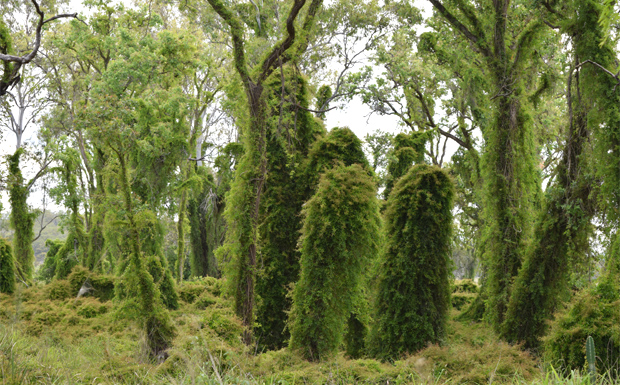
December 7, 2017
by Dafyd Martindale
Two weeks ago I stepped out of the South Burnett on to the surface of an alien planet where every square inch as far as the eye could see was covered in an endless ocean of green vines.
The odd thing is that I had driven past this portal to another world for the past two decades without even realising it was there.
If you’ve ever taken the road from Kingaroy or Nanango to Maidenwell for a shortcut to Toowoomba (and that probably applies to most people in the South Burnett) you’ve passed the same site, too.
But when you whiz past Middle Creek at 100km/h, it’s easy to miss.
You may have noticed a few vine-covered trees nestled in the bush, but you would never notice the acres and acres of overgrown landscape those trees sit on.
On this day, though, I pulled my car over to the wide verge at the junction of Kingaroy-Cooyar Road and Nanango-Tarong Road, turned off the engine, got out and took my first close-up look at an environmental disaster that has been quietly happening right under all our noses for the past 20 years.
Literally miles of Middle Creek have become infested with Cats Claw Creeper, and it is steadily choking the life out of everything.
* * *
Like many pest plants that infect our natural environment, Cats Claw Creeper started life as a harmless ornamental that went rogue in the natural environment.
At some time many years ago, this plant – a native of Mexico, tropical South America and the Caribbean – got loose on Middle Creek.
And in the absence of any natural predators it has steadily spread along the creek banks, choking the life out of tall trees and everything else in its path.
In the process it’s turned what was formerly a free-flowing natural watercourse into something so clogged it can cause flooding and erosion on nearby properties every time there’s a heavy rain.
Cats Claw is also a persistent plant that’s very difficult to eradicate.
Its underground tubers can remain viable and reshoot for many years, and its seeds spread easily along watercourses to infect areas downstream.
Removing the plant from Middle Creek defeated the resources of the former Nanango Shire Council, and has defeated the resources of the much bigger South Burnett Regional Council, too.
It’s simply been growing for too long and over too wide an area for expensive herbicide treatments alone to be of any effect.
* * *
The reason I’d come was to meet up with representatives from the Kingaroy Landcare Group, Stanwell Corporation, Downer and DAF to witness an attempt to introduce bio-control of this noxious plant.
I didn’t have very long to wait.
Earlier that same day, Ian Crosthwaite and Peter Gemmell from Kingaroy Landcare had taken a long drive to Gympie to buy 500 Jewel Beetles from Gympie Landcare’s biocontrol laboratory, using a $500 grant from Stanwell Corporation.
The pair then drove back to Middle Creek to meet up with representatives from Stanwell, Downer and DAF and release the bugs into the Cats Claw.
Jewel Beetles are tiny insects that range from 3mm to 75mm in size, and they will not kill off Cats Claw all by themselves.
But by chewing the plant’s leaves and mining its stalks they reduce the plant’s vigor, which allows herbicides to be used as part of a long-term program to contain and ultimately eliminate the plant over the course of several years.
Ian told me the release we were witnessing was the second attempt the group had made to introduce the beetles to Middle Creek.
A similar attempt was made last Spring, but February’s record-breaking heatwave had killed them all off and foiled the process.
So the group was trying again, crossing fingers and toes that temperatures this summer would be mild and temperatures next winter wouldn’t be too cold, either.
Jewel Beetles have a breeding cycle of about 45 days.
The hope is if they can survive a full year – about eight or nine generations – they can build up a viable breeding colony in the area which will begin to make a serious dent in Middle Creek’s Cats Claw infestation.
* * *
To help that process along, we all took a jar of 50 beetles and carefully wandered into the overgrown green landscape to find good spots to release them.
Ian told us we should look for places with dappled sunlight, climbing runners and sheltered, warm conditions.
He said these were ideal spots to release the beetles.
It wasn’t hard to find locations that met all three conditions on the creek’s overgrown banks.
After that, we returned to our cars, chatted briefly and then went our separate ways – me, back to my office to ponder what I’d just seen and the rest to another location on Middle Creek where they intended to release Madeira Beetles to attack other vines that have taken over another large section of the landscape.
* * *
My trip to Middle Creek happened a fortnight ago and since then we’ve had mild weather and a modest amount of rain, so I’m hopeful my own little Jewel Beetle colony is doing just fine right now.
If things stay the same way for the next four weeks, they may be producing their first offspring in early January; and if we can avoid a repeat of last year’s heatwaves, the third crop of beetles should appear sometime in late March.
I’ll be watching this particular corner of the South Burnett with a lot of interest from now on.
And I hope for Kingaroy Landcare’s sake, Stanwell’s sake, Downer and DAF’s sake and – really – all our sakes that this second colony survives and goes on to strike a body blow against Middle Creek’s Cats Claw.
It might be fun to visit an alien world from time to time.
But not one that’s an environmental disaster occurring right on our doorstep.
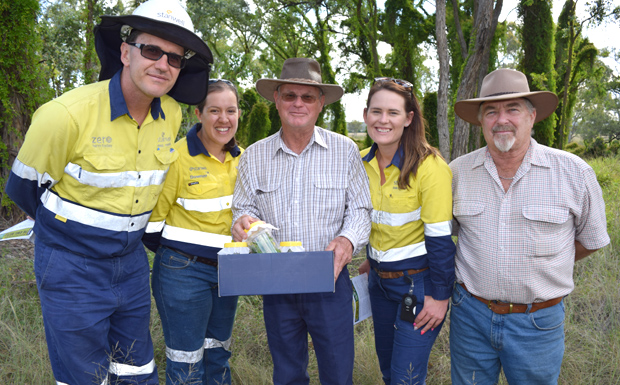
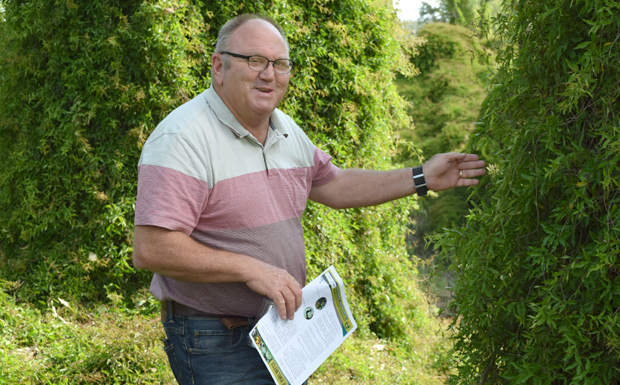
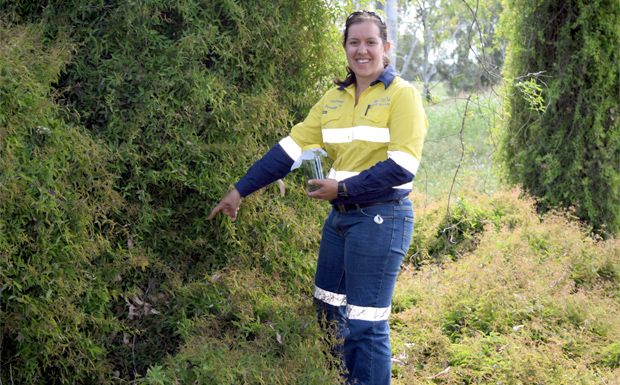
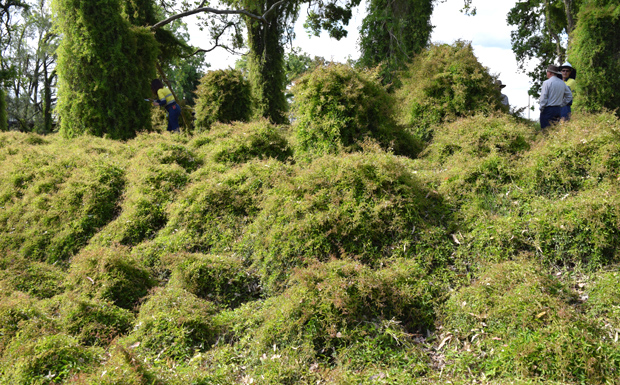
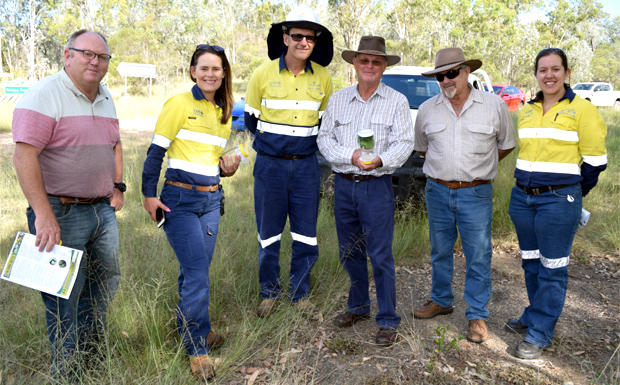










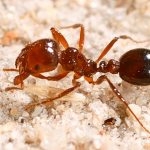



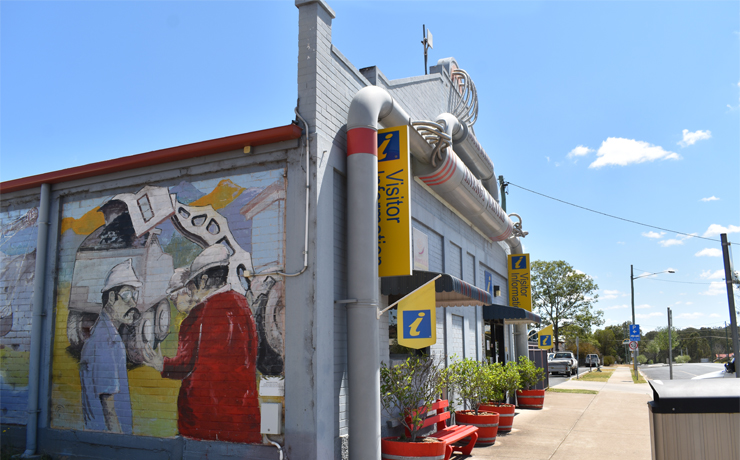







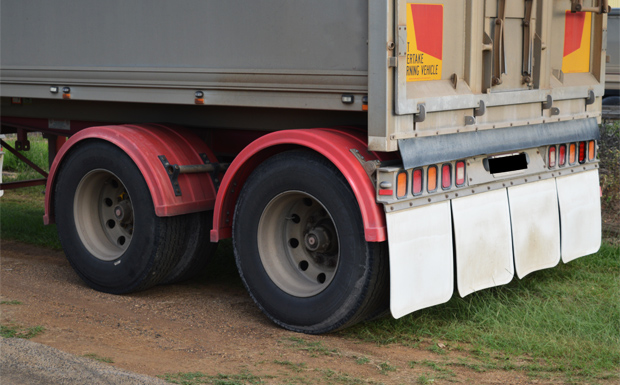

Thank you Dafyd for your support of this project and to all of the partners involved. I pray every time I pass that intersection that the beetles are multiplying successfully and rapidly!!